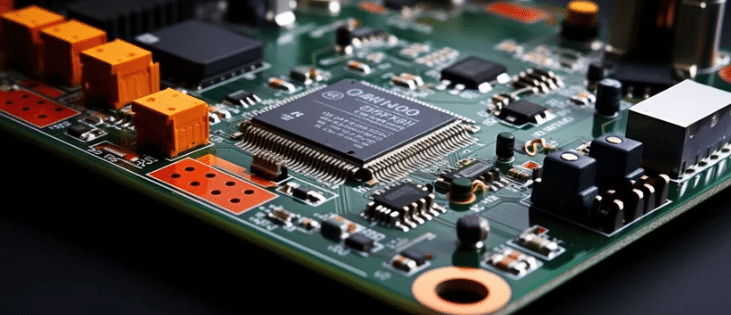The need for robust security in embedded devices has never been more critical. As IoT becomes everyday, vulnerabilities in connected devices become prime targets for cyber threats. Ensuring firmware integrity, secure communication, memory protection, and trusted environments is not just a nice-to-have—it’s essential.
In this blog, we explore how Zephyr RTOS provides the foundation for secure MCU development, based on insights shared during the recent webinar.
Zephyr RTOS – The Foundation for Secure Firmware Integrity
Zephyr RTOS is more than just an operating system for microcontrollers; it’s a secure, modular foundation that enables robust firmware integrity in connected devices. As more IoT devices flood the market, ensuring firmware integrity becomes not just a benefit but a necessity.
Unauthorized firmware changes can lead to significant vulnerabilities, risking both user data and intellectual property. This is where Zephyr’s approach to secure boot and firmware protection comes into play.
Secure Boot with MCUboot
The cornerstone of Zephyr’s firmware integrity strategy is its integration with MCUboot. MCUboot is an open-source secure bootloader designed to prevent unauthorized firmware from running on embedded devices.
This process starts at boot time, verifying the firmware’s authenticity before execution. In the event of tampering, the boot process halts, safeguarding the device from malicious code execution.
Compared to traditional bootloader development, Zephyr simplifies the process considerably. Instead of manually configuring boot processes and flash mappings, Zephyr leverages its modular design to automate much of the setup.
Developers only need to declare memory mappings and build configurations—Zephyr handles the rest.
Over-the-Air (OTA) Updates
Security doesn’t stop at boot. With the rise of IoT, firmware updates are often delivered remotely, making Over-the-Air (OTA) updates crucial for maintaining security.
Zephyr supports OTA updates out of the box, with compatibility for solutions like Mender. This ensures that firmware updates are verified, encrypted, and securely delivered to the device without risk of interception or tampering.
Ease of Use and Rapid Prototyping
One of the standout benefits we highlight is Zephyr’s ease of use and its ability to accelerate time to market.
Thanks to its modular design with Device Tree and Kconfig, developers can rapidly prototype on dev boards before final hardware is even ready.
This flexibility allows for development and testing in parallel with hardware design, significantly cutting down development cycles.
The hardware abstraction provided by Zephyr means developers can write application logic on a development board and transition to final hardware with minimal changes—often just updating a Device Tree file.
This ease of transition is a game-changer for device makers looking to get products to market faster.
Enabling Secure Communication with Zephyr
As connected devices increasingly handle sensitive information, secure communication is critical.
Zephyr RTOS provides a robust framework for encrypted data exchange, safeguarding against unauthorized access and tampering.
TLS Support for Encrypted Communication
Zephyr includes support for mbedTLS, enabling Transport Layer Security (TLS) for IP-based communication.
Whether it’s HTTP, MQTT, or other common protocols, Zephyr simplifies secure socket configuration, allowing developers to encrypt data streams with minimal setup.
Memory Protection and User Modes in Zephyr
Embedded devices are increasingly being targeted for cyber attacks, making memory protection a crucial aspect of device security.
Zephyr RTOS addresses this through a multi-layered approach, integrating memory protection mechanisms directly into its architecture.
User Modes and Memory Partitioning
Zephyr allows developers to implement user modes, creating execution partitions that limit the privileges of different code segments.
This isolation ensures that if one part of the application is compromised, it cannot freely access critical memory or system operations.
Trusted Environments and Security Standards with Zephyr
To go beyond basic security, Zephyr introduces Trusted Execution Environments (TEE) for Cortex-M architectures, ensuring critical data and operations are isolated from standard application processes.
Trusted Firmware for Cortex-M (TF-M)
Zephyr’s integration with TF-M allows developers to create isolated zones for handling sensitive operations like cryptography, secure boot, and storage of private keys.
The TF-M architecture establishes a trusted environment that is hardware-enforced, making it extremely difficult for unauthorized code to access protected data.
Conclusion
Zephyr RTOS clearly establishes itself as a secure, scalable choice for MCU development, providing critical security layers for firmware integrity, communication, memory protection, and trusted execution environments.
More importantly, its modular design and hardware abstraction accelerate time-to-market, making it a favorite among developers.
For more information on how Witekio can support your Zephyr-based projects, reach out to our team of experts.



